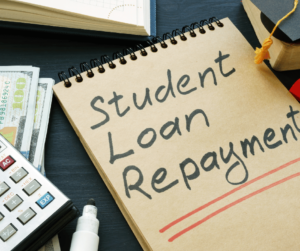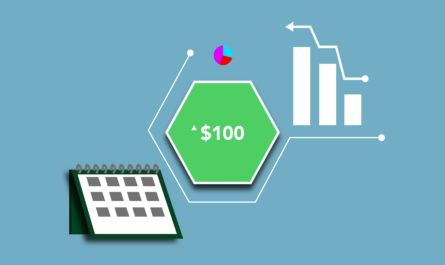In today’s ever-evolving job market, obtaining a higher education often necessitates taking out student loans. These financial instruments provide access to education but come with the responsibility of repayment. Navigating student loan repayment can be a daunting task, but with the right information and strategies, you can manage this financial commitment effectively.
Understanding Your Student Loans
H1: Types of Student Loans
There are various types of student loans, including federal and private loans. It’s crucial to understand the differences between them.
H2: Interest Rates
Knowing the interest rates attached to your loans is essential for planning your repayment strategy.
H2: Grace Period
Most federal loans offer a grace period before repayment begins. Understand this timeframe to prepare for your first payment.
Federal Loan Repayment Options
H1: Standard Repayment
The standard repayment plan involves fixed monthly payments over a specific period, typically ten years.
H2: Income-Driven Plans
Income-driven repayment plans adjust your monthly payments based on your income and family size.
H2: Graduated Repayment
Graduated repayment plans start with lower payments that gradually increase over time.
Private Loan Repayment
H1: Terms and Conditions
Private loans come with varying terms and conditions. Familiarize yourself with your specific lender’s requirements.
H2: Refinancing
Refinancing your private loans can help you secure a lower interest rate and more favorable repayment terms.
Strategies for Effective Repayment
H1: Budgeting
Creating a budget is crucial for managing your finances and ensuring you can meet your loan obligations.
H2: Extra Payments
Making extra payments can help you pay off your loans faster and reduce the overall interest you’ll pay.
H2: Loan Forgiveness and Discharge
Understand the possibilities of loan forgiveness and discharge, such as Public Service Loan Forgiveness (PSLF).

The Role of Loan Servicers
H1: Communicate with Your Servicer
Maintaining open communication with your loan servicer is vital for addressing any issues or concerns.
H2: Loan Consolidation
Consolidation can simplify your loan repayment by combining multiple loans into one.
Planning for the Future
H1: Saving for the Future
While repaying your loans, it’s essential to continue saving for your long-term financial goals.
You can also read: Managing Credit Card Debt
Navigating student loan repayment can be a complex journey, but with the right knowledge and strategies, you can successfully manage your loans and work towards a debt-free future.
FAQs
FAQ 1: What is an income-driven repayment plan?
Income-driven repayment plans adjust your monthly student loan payments based on your income and family size, making them more manageable.
FAQ 2: How can I qualify for loan forgiveness?
Qualifying for loan forgiveness typically involves working in public service or certain non-profit organizations. The Public Service Loan Forgiveness (PSLF) program is a popular option.
FAQ 3: Can I refinance my federal student loans?
No, federal student loans cannot be refinanced through a private lender. However, you can consolidate them to make repayment more manageable.
FAQ 4: What happens if I miss a student loan payment?
Missing a student loan payment can have adverse consequences, including late fees and a negative impact on your credit score. Contact your loan servicer immediately to discuss your options.
FAQ 5: Is it possible to pay off student loans ahead of schedule?
Yes, making extra payments can help you pay off your student loans faster and save on interest in the long run.


